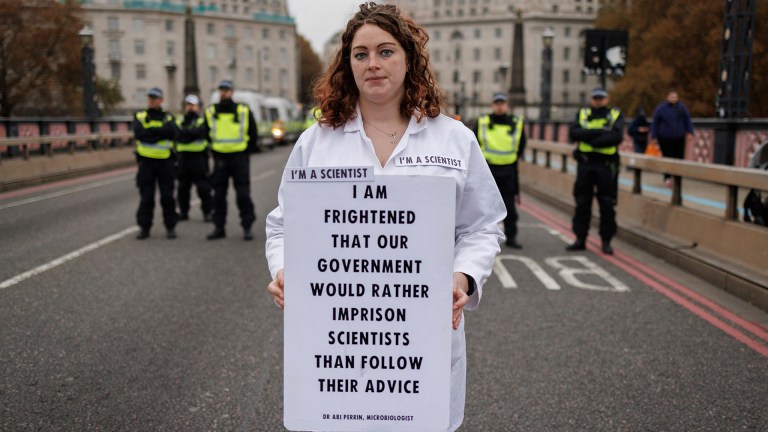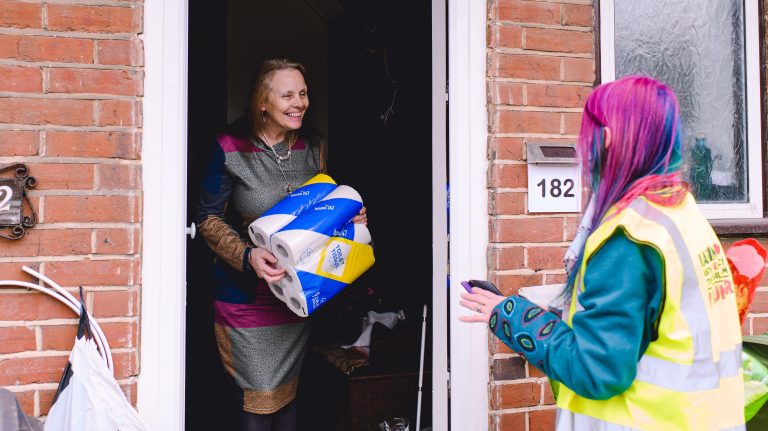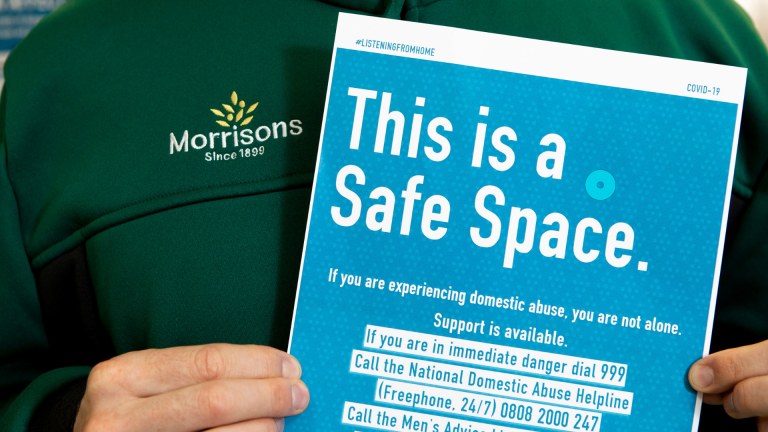Get prepared
Familiarise yourself with the guidance on the Charity Commission’s website. They have detailed guidance on how to set up and run your charity here.
Think whether you can do it on your own, or whether you need advice. If you have the money, you could hire an expert solicitor. There are also independent experts, such as Andrew Butler, the Charity Expert, who can help you.
“Going from that light bulb moment through to getting a registered charity number is a lengthy process, and it’s full of complex legal points,” Butler says. “There’s a lot of things people can trip up on, and they do.”
Get your trustees
Every charity needs trustees – these are the people who manage the charity. There must be at least two of them.
They don’t have to be accountants or lawyers, but it helps if they’re committed and capable at their roles.
“Make sure you’re bringing people on board who can bring something to the party, so they’re not going to sit there and not do anything. It’s a fairly onerous responsibility to be a trustee,” Butler says.
Advertising helps fund Big Issue’s mission to end poverty
Establish your purpose
In the lingo, you’ll need to define your “charitable purpose for the public benefit”. This is a useful starting point to establish whether your goals can be met with a charity.
There are 13 charitable purposes within the Charities Act 2011. These are:
- The prevention or relief of poverty
- The advancement of education
- The advancement of religion
- The advancement of health or the saving of lives
- The advancement of citizenship or community development
- The advancement of the arts, culture, heritage or science
- The advancement of amateur sport
- The advancement of human rights, conflict resolution or reconciliation or the promotion of religious or racial harmony or equality and diversity
- The advancement of environmental protection or improvement
- The relief of those in need, by reason of youth, age, ill-health, disability, financial hardship or other disadvantage
- The advancement of animal welfare
- The promotion of the efficiency of the armed forces of the Crown, or of the efficiency of the police, fire and rescue services or ambulance services
These may be a useful guide, and there are some other purposes beyond this, such as the promotion of agriculture or providing leisure facilities. More details can be found here.
Don’t feel tempted to tick as many of these boxes as you can, Butler warns. Try and keep it streamlined to make your application as straightforward as possible.
The public benefit is essential. Your charity’s purpose must “benefit the public in general, or a sufficient section of the public”. If you can’t demonstrate a tangible benefit, you won’t get registered.
“In order to be a charity, 100 per cent of what you do has to be charitable. If you dilute that to 99 per cent you fail the charity test. You cannot be a charity doing non-charitable things,” says Butler.
Advertising helps fund Big Issue’s mission to end poverty
Butler adds that any private benefit, such as money paid to staff, must be “incidental” to the running of the charity. He uses the example of a school, which would fulfil the ‘advancement of education’ criteria.
“The school will employ members of staff, and the headteacher might be on £70,000 a year. That benefit is incidental to the purpose of running the school. So that’s kind of fine. But you can’t set up charities where the people are benefitting on a personal level and there’s no benefit to the public.”
Read the Charity Commission’s full guidance here.
Your support changes lives. Find out how you can help us help more people by signing up for a subscription
Decide your name
Naming your charity may be quite simple, and offers an opportunity to set out your mission statement in a digestible way.
But there are some things to be aware of. Certain words or phrases might be restricted, and you can’t have a name that is too similar to another charity. You can see the names of existing charities here.
Advertising helps fund Big Issue’s mission to end poverty
You’ll need permission to use any “Royal” word, or the name or a famous person or character.
Find the structure that works best for you
Charities can be set up in different ways, depending on what they do. There are four main types: a charitable incorporated organisation, or CIO; a charitable company; unincorporated association; and a trust.
For most purposes, a CIO works. “The CIO is the one I use virtually all the time because it offers limited liability for trustees but you don’t have to register with Companies House as well,” Butler says. “CIO is a very good option.”
See which one is best for you here.
Get the latest news and insight into how the Big Issue magazine is made by signing up for the Inside Big Issue newsletter
Write your governing document
The governing document sets out how your charity will be run. It’s a legal document, and puts in writing everything you’ve figured out above, as well as setting a framework for the future of the charity.
Advertising helps fund Big Issue’s mission to end poverty
It’s complicated so make life easy for yourself and use a template so you don’t miss any crucial steps.
“It’s a rigorous legal examination of what you’re doing. It’s not back of the fag packet stuff,” Butler says.
Templates can be found here.
Register
Once you’ve done all that, it’s time to register. You’ll need to register with the Charity Commission if your charity is a CIO or has an income of £5,000 or more a year.










